The Ultimate Guide
I still remember the first time I attempted General Tso’s chicken at home. The kitchen looked like a war zone—oil splatters everywhere, multiple pots and pans soaking in the sink, and a lingering aroma that clung to my clothes for days. Yet despite the chaos, that crispy, tangy-sweet chicken kept calling me back. Fast-forward fifteen years later, and I’ve discovered the game-changing revelation that is slow cooker General Tso’s chicken.
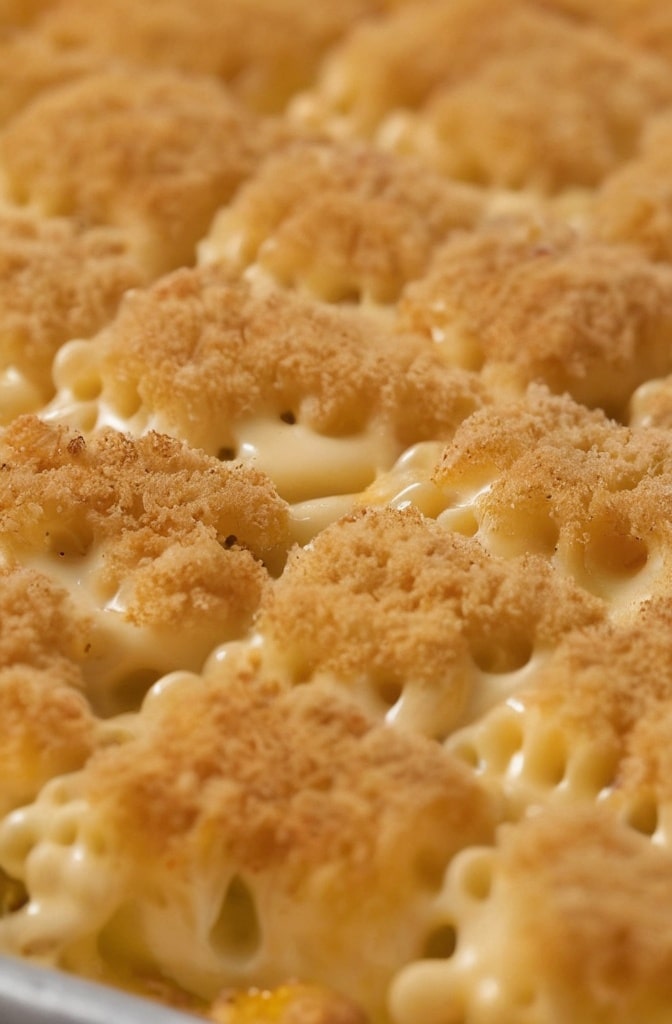
Who says you can’t have restaurant-quality Chinese takeout without the hassle? This slow cooker adaptation maintains all the complex sweet-spicy flavors we crave, while eliminating the intimidating deep-frying process that keeps many home cooks from attempting this beloved dish. Trust me—your slow cooker is about to become your new best frend in creating authentic-tasting Chinese food at home.
Why This Recipe Works
There’s something almost magical about what happens when you transform General Tso’s chicken from a quick-fried dish to a slow-cooked masterpiece. The flavors have hours to meld and intensify, creating depth that sometimes gets lost in the traditional quick-cooking method. The sauce thickens and caramelizes around the chicken, creating that irresistible sticky-sweet coating that makes General Tso’s chicken so cravable.
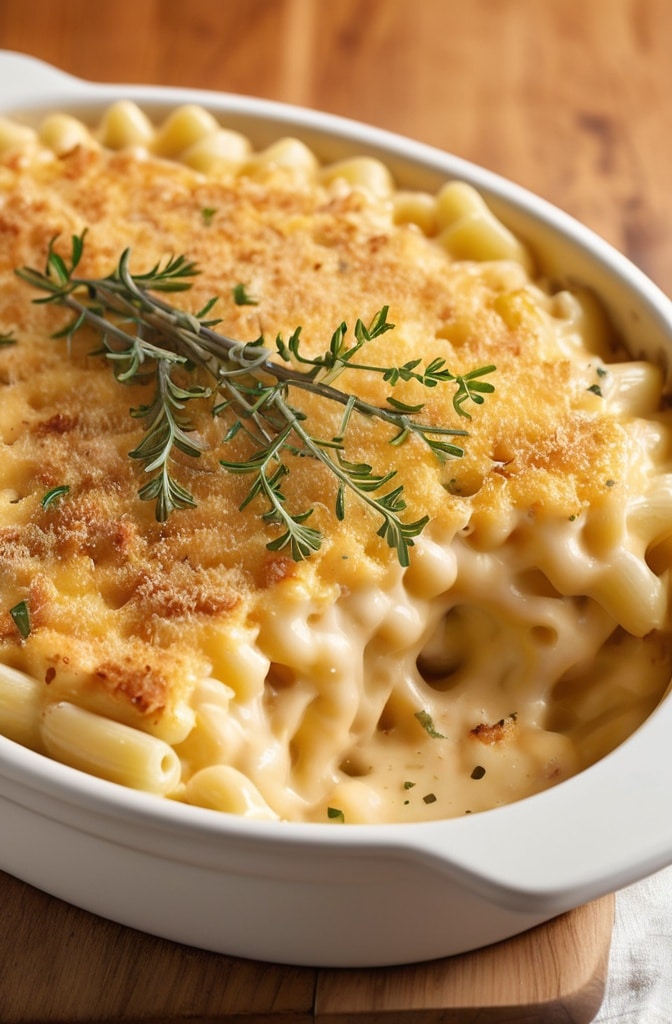
Unlike many slow cooker recipes that can turn out bland or watery, this recipe incorporates a crucial finishing step that ensures you’ll get that signature texture. By adding a cornstarch slurry near the end and briefly broiling the chicken pieces, you’ll achieve that perfect balance of tender interior and slightly crisp exterior that’s so essential to good General Tso’s chicken. Lets face it—nobody wants soggy chicken drowning in sauce.
Ingredients & Substitutions
For the Chicken:
- 2 pounds boneless, skinless chicken thighs (cut into 1-inch pieces)
- 3 tablespoons cornstarch
- ½ teaspoon kosher salt
- ¼ teaspoon white pepper
- 2 tablespoons vegetable oil
For the Sauce:
- ½ cup low-sodium chicken broth
- ⅓ cup low-sodium soy sauce
- ¼ cup hoisin sauce
- 3 tablespoons rice vinegar
- 3 tablespoons light brown sugar (packed)
- 2 tablespoons tomato paste
- 1 tablespoon sesame oil
- 1-3 tablespoons sambal oelek or sriracha (adjust to your heat preference)
- 4 garlic cloves, minced
- 1 tablespoon fresh ginger, grated
For Finishing:
- 2 tablespoons cornstarch mixed with 2 tablespoons water
- 4-6 dried red chili peppers (optional, for authentic flavor and presentation)
- 2 teaspoons sesame seeds
- 3 green onions, thinly sliced
Let’s talk substitutions, because I know not everyone has a fully-stocked Asian pantry. Don’t have hoisin sauce? You can substitute with a mixture of 1 tablespoon miso paste, 1 tablespoon honey, and ½ teaspoon five-spice powder. For dietary restrictions, coconut aminos make an excellent soy sauce alternative, though you may need to reduce the added sugar since coconut aminos are naturally sweeter.
Boneless chicken thighs are strongly recommended here—they stay moist and tender during the long cooking process. If you absolutely must use chicken breasts, reduce the cooking time by 30 minutes and check frequently to prevent them from drying out. I’ve expermented with both, and thighs simply deliver superior results every time.
Step-by-Step Instructions
Preparing the Chicken
- Pat the chicken pieces dry with paper towels—this is crucial for proper browning. Combine cornstarch, salt, and white pepper in a large bowl or zip-top bag. Add the chicken pieces and toss until evenly coated.
- Heat the vegetable oil in a large skillet over medium-high heat. Working in batches (don’t overcrowd!), brown the chicken pieces for 1-2 minutes per side. You’re not cooking them through—just creating a light crust that will help the sauce adhere better and add texture to the final dish.
- Transfer the browned chicken to your slow cooker. This browning step is technically optional, but I strongly urge you not to skip it. That initial sear creates the Maillard reaction, which develops complex flavors that simply can’t be achieved otherwise. Plus, it helps the chicken maintain some structural integrity during the long cooking process.
Making the Sauce
- In a medium bowl, whisk together chicken broth, soy sauce, hoisin sauce, rice vinegar, brown sugar, tomato paste, sesame oil, sambal oelek, minced garlic, and grated ginger until well combined. Take a moment to appreciate the complex aroma—you’re already building layers of flavor before the cooking even begins!
- Pour the sauce mixture over the chicken in the slow cooker, gently stirring to ensure all pieces are coated. Don’t worry if the sauce seems thin at this point—it will reduce and thicken beautifully as it cooks.
- Cover and cook on low for 3-4 hours or on high for 1½-2 hours. The chicken should be tender but not falling apart. A common mistake is overcooking, which can turn your chicken mushy. Remember that chicken thighs are forgiving, but they’re not indestructible!
Finishing Touches
- About 30 minutes before serving, whisk together the cornstarch and water to create a slurry. Stir this mixture into the slow cooker, replace the lid, and increase the heat to high if it wasn’t already. Let cook until the sauce thickens, about 15-20 minutes.
- For that signature General Tso’s texture, transfer the chicken pieces (leaving most of the sauce behind) to a baking sheet lined with foil. Broil on high for 3-5 minutes, watching carefully to prevent burning. You want the edges to caramelize slightly—this mimics the crispy exterior of traditional fried General Tso’s chicken.
- While the chicken broils, transfer the remaining sauce to a saucepan and reduce over medium-high heat until it reaches your desired thickness. Add the broiled chicken back to the sauce, tossing gently to coat. Fold in the dried red chili peppers (if using) and half of the green onions.
Cooking Techniques & Science
The magic of this slow cooker adaptation lies in understanding the science behind the original dish. Traditional General Tso’s chicken relies on high-heat wok cooking to create the signature crisp exterior and tender interior—a technique known as “wok hei” that’s difficult to replicate in home kitchens. Our slow cooker version takes a different approach by focusing on flavor development over time rather than textural contrasts created by rapid cooking.
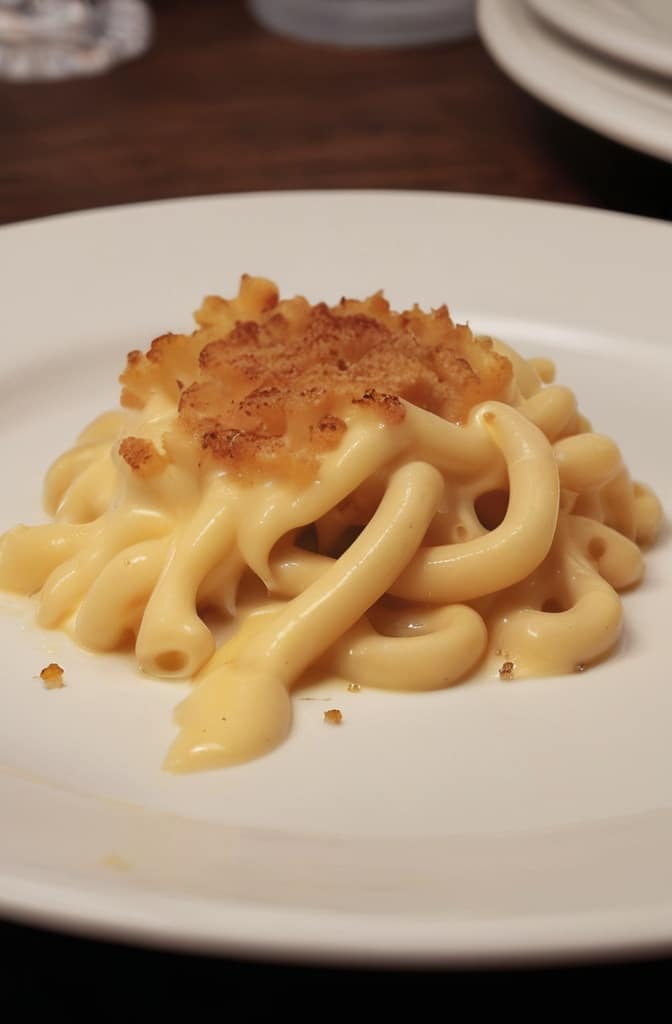
The initial browning step creates a protective coating around the chicken pieces that prevents them from disintegrating during the long cooking process. It also produces fundamental flavor compounds through the Maillard reaction—that chemical process that occurs when proteins and sugars are heated together, creating hundreds of new flavor molecules.
The combination of acidic ingredients (rice vinegar) and sweeteners (brown sugar) in the sauce creates a balance that tenderizes the meat without turning it mushy. The acidic components help break down muscle fibers slowly, while the sugar caramelizes and creates those delicious sticky bits we all fight over.
One of the most important techniques in this recipe is the two-stage thickening process. First, we add a cornstarch slurry to thicken the sauce, then reduce it further on the stovetop after removing the chicken. This concentrates the flavors while allowing us to control the final consistency. Most restaurant chefs use this double-reduction technique for intensifying sauce flavors.
Serving & Pairing Suggestions
To serve this dish properly, transfer it to a large serving platter and sprinkle with the remaining green onions and sesame seeds. The visual contrast of the dark, glossy sauce against the bright green onions creates an immediate appetite appeal. I like to serve extra dried chilies on top—they’re not meant to be eaten but add gorgeous color and hint at the spice within.
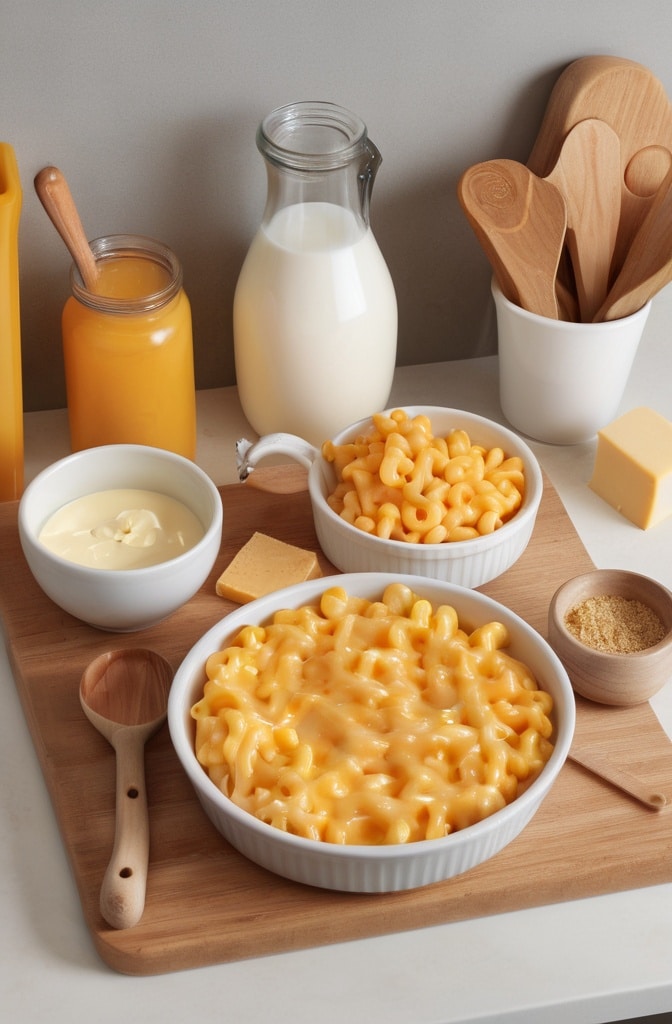
Traditionally, General Tso’s chicken is served with simple steamed white rice, which provides the perfect neutral canvas for the bold flavors of the dish. For a more nutrient-dense option, try brown rice or cauliflower rice. I personally love serving it with coconut rice, which adds a subtle sweetness that complements the spicy-sweet profile of the chicken.
For side dishes, simple steamed broccoli or bok choy provides textural contrast and balances the richness of the main dish. A quick cucumber salad with rice vinegar and a touch of sugar offers a refreshing counterpoint to the intensely flavored chicken. If you’re looking to make a full Chinese-inspired feast, pair with vegetable potstickers or simple egg drop soup as starters.
Don’t overlook beverage pairings! A slightly sweet German Riesling or a hoppy IPA beautifully offsets the sweet-spicy sauce. For non-alcoholic options, try unsweetened iced oolong tea or a sparkling yuzu drink.
Make-Ahead and Storage Tips
This slow cooker General Tso’s chicken actually improves with time, making it perfect for meal prep. You can prepare the entire dish up to three days ahead—just store the chicken and sauce separately from the garnishes. Reheat gently in a covered skillet, adding a splash of chicken broth if the sauce has thickened too much.
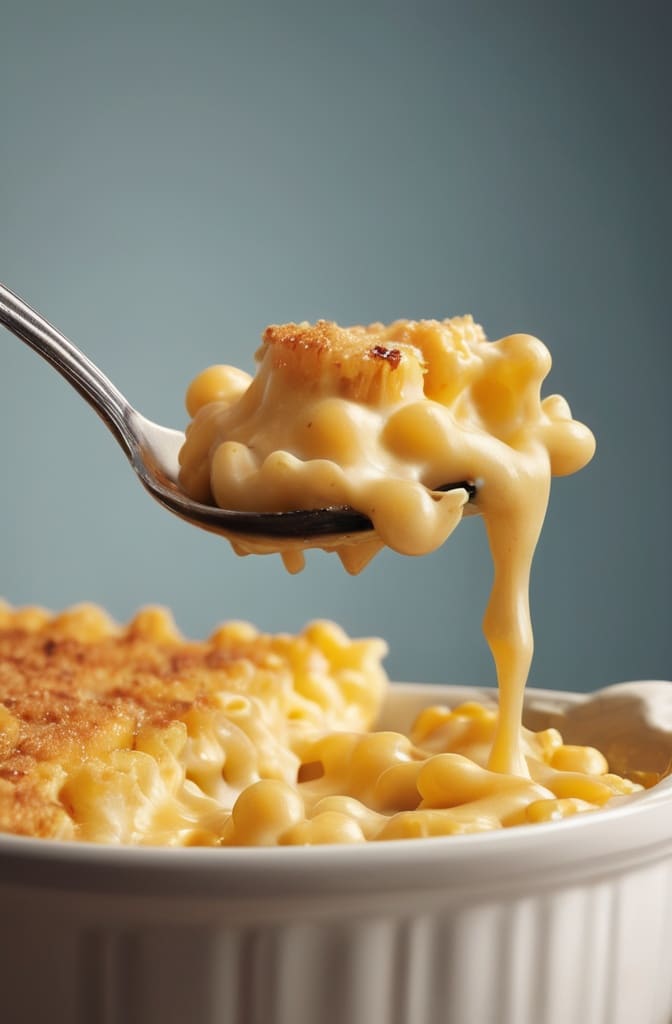
The dish freezes surprisingly well too. Portion it into airtight containers, leaving some room for expansion, and freeze for up to 2 months. Thaw overnight in the refrigerator before reheating. To restore some of the textural contrast, try reheating the chicken pieces under the broiler and then recoating them with heated sauce.
For the ultimate convenience, you can also prepare all components up to the slow cooking stage and freeze them raw. Place the breaded chicken pieces on a baking sheet in a single layer and freeze until solid, then transfer to a freezer bag. Store the sauce separately in a freezer-safe container. The night before cooking, move both to the refrigerator to thaw, then proceed with the recipe as written.
Why General Tso’s Chicken Has Enduring Appeal
Despite being a relatively recent creation (dating back only to the 1950s), General Tso’s chicken has become one of the most popular Chinese-American dishes. Named after Zuo Zongtang, a military leader from China’s Hunan Province, the dish actually bears little resemblance to authentic Hunanese cuisine, which tends to be dry and spicy rather than sweet and saucy.
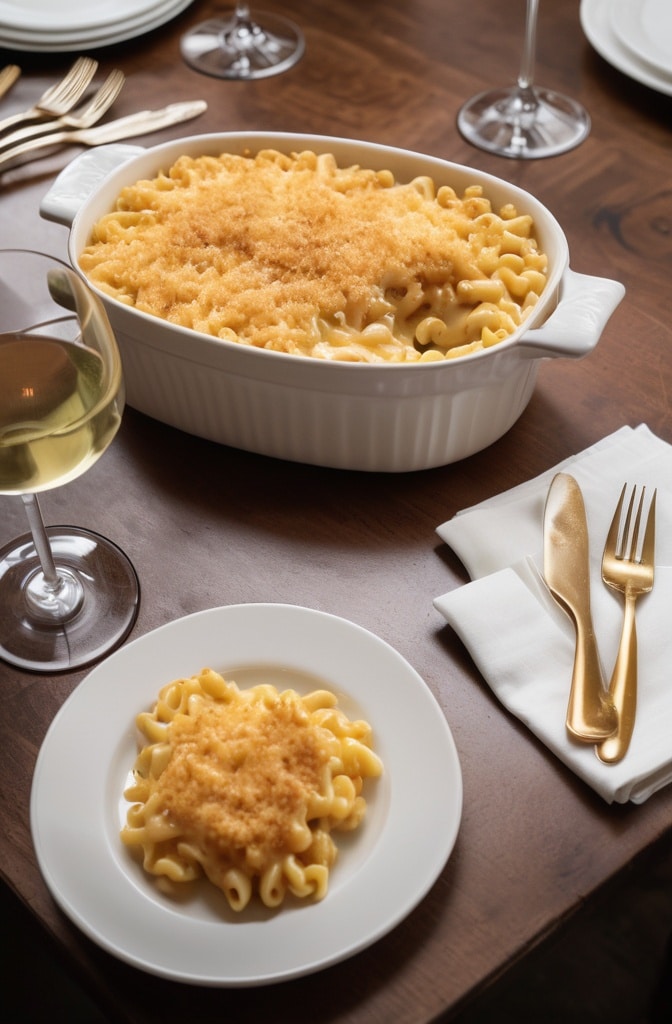
The dish was likely created by Peng Chang-kuei, a chef who fled to Taiwan during the Chinese Civil War and later brought his creation to New York in the 1970s. The American version, adapted to local tastes, became sweeter and less spicy than the original. Today, it represents the beautiful culinary fusion that occurs when cultural traditions migrate and adapt.
Our slow cooker version honors this adaptive tradition by further transforming the dish for modern home cooks. By simplifying the technique without compromising flavor, we’re continuing the evolution of this beloved recipe. While purists might insist on the traditional deep-fried method, I believe General Tso himself would approve of this clever adaptation—it’s all about ingenuity and making the most of available resources.
Conclusion
Slow cooker General Tso’s chicken represents the best of both worlds—the complex, craveable flavors of classic Chinese-American cuisine with the convenience modern home cooks demand. The key to success lies in those few extra steps that maintain the dish’s integrity: the initial browning of the chicken, the finishing broil, and the sauce reduction. These small investments of effort yield tremendous dividends in flavor and texture.
Don’t be afraid to make this recipe your own. Increase the chili paste for a spicier version, add vegetables like bell peppers or snow peas during the last 30 minutes of cooking, or experiment with different vinegars to alter the tang profile. The slow cooker provides a forgiving environment for such creative explorations.
Remember that great cooking is about understanding techniques, not just following recipes. Once you master this slow cooker method, you’ll have the confidence to adapt other traditionally fried dishes to this healthier, more convenient cooking style. Now go forth and impress your friends and family with what might become your signature dish—no takeout containers required!
Frequently Asked Question?
Can I use chicken breasts instead of thighs?
While you can substitute chicken breasts, they tend to dry out more easily in the slow cooker. If using breasts, reduce the cooking time by about 30 minutes and check frequently. I also recommend cutting them into slightly larger pieces than you would thighs to help them retain moisture.
How can I make this dish spicier or milder?
For a spicier version, increase the sambal oelek to 3-4 tablespoons and add ½ teaspoon of crushed red pepper flakes. For a milder version, reduce the sambal to just 1 tablespoon and make sure to remove the seeds from the dried chilies before adding them to the dish. You can also substitute sweet paprika for some of the sambal to maintain color without increasing heat.
Can I add vegetables to this dish?
Absolutely! Bell peppers, snow peas, broccoli, or water chestnuts make excellent additions. Add them during the last 30-45 minutes of cooking to prevent them from becoming mushy. For an extra-convenient option, stir in a bag of frozen stir-fry vegetables after the sauce has thickened.
What if I don’t have a broiler for the finishing step?
No broiler? No problem! You can achieve a similar effect by heating 2 tablespoons of vegetable oil in a large non-stick skillet over high heat and quickly searing the chicken pieces after they’ve been slow-cooked. Work in batches and just focus on getting some caramelization on the exterior before returning the chicken to the sauce.
Can this recipe be made in an Instant Pot instead?
Yes, this recipe adapts well to an Instant Pot. Use the sauté function for the initial browning, then pressure cook on high for 8 minutes with a quick release. Remove the chicken, add the cornstarch slurry to the sauce, and use the sauté function again to thicken the sauce. The broiling step remains the same.
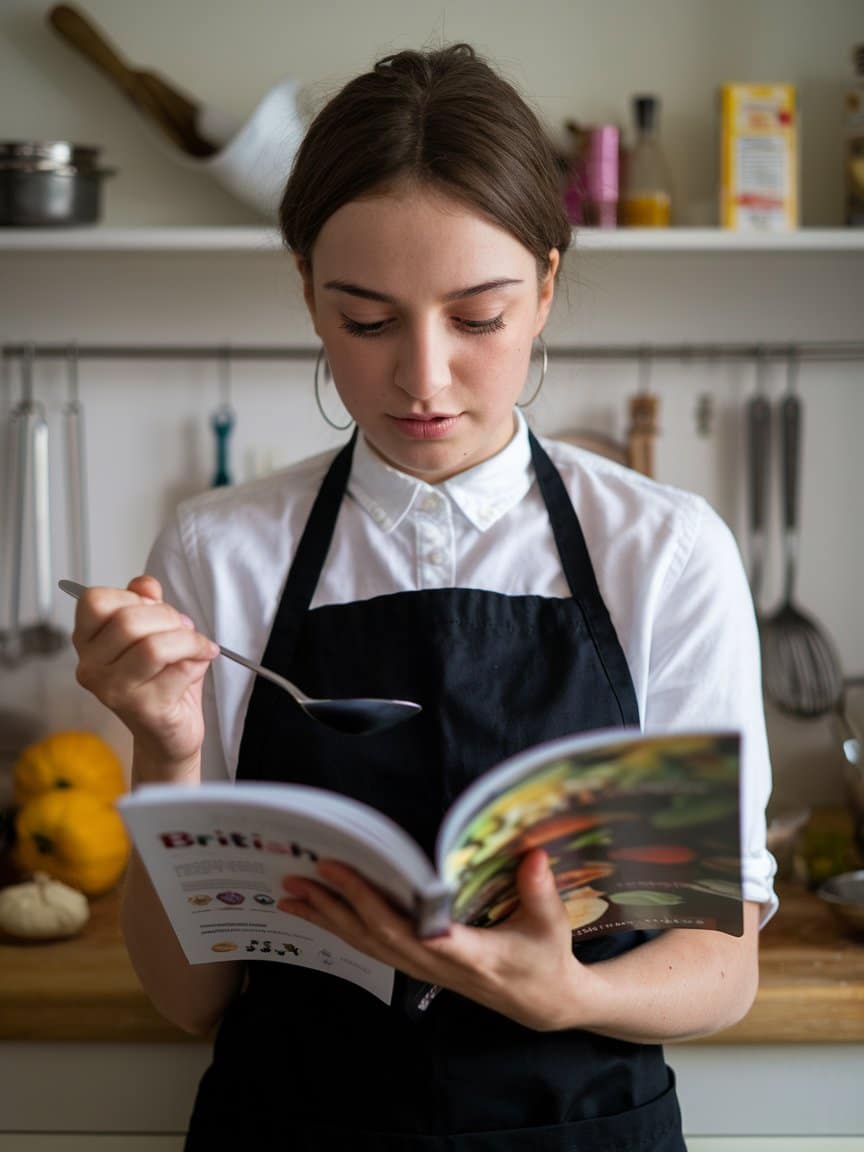
Veronica is a passionate food enthusiast with over three years of experience in exploring and writing about diverse cuisines. Her expertise lies in reviewing restaurants, sharing creative recipes, and discovering the latest food trends. As the voice behind FoodieRecap.com, Anju brings fresh perspectives and culinary insights to her audience.
